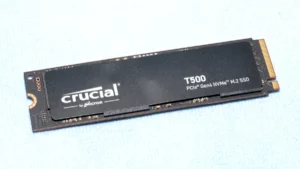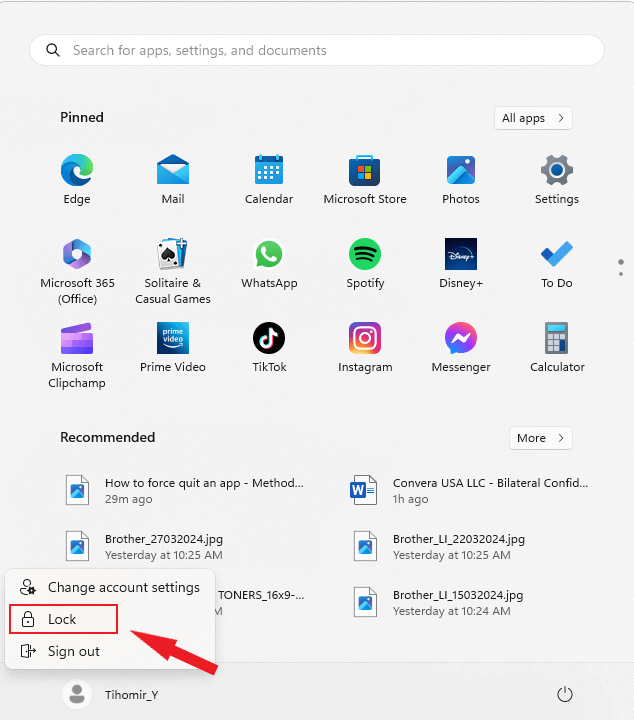How to show file extensions on Windows 11
On Windows 11, you can show file extensions on File Explorer in multiple ways.File Explorer hides the extensions for known file types by default because it can create a cleaner, less cluttered appearance, particularly for users who aren’t tech-savvy. However, it also helps safeguard against unintentional changes to file extensions, which could render the file unusable. In addition, historically, it was used to mask malicious files disguised as harmless ones, though this is less of a concern today.
[mai mult...]





